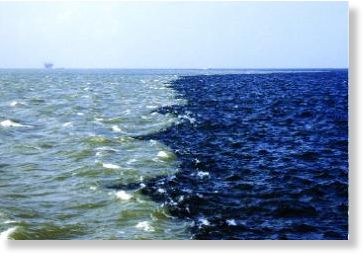
The Gulf Dead Zone is the biggest ever this year. It's about 3,300 square miles right now, or roughly the size of Delaware and Rhode Island combined, but researchers at Texas A&M University say it's likely to become much larger, TG Daily reported.
The dead zone is caused by hypoxia, a condition in which oxygen levels in seawater drop to dangerously low levels. Severe hypoxia can potentially result in widespread fish kills.
"This was the first-ever research cruise conducted to specifically target the size of hypoxia in the month of June," oceanography professor Steve DiMarco told TG Daily.
More changes are expected because large amounts of water are still flowing into the Gulf of Mexico from the Mississippi River.
"We found three distinct hypoxic areas. One was near the Barataria and Terrebonne region off the Louisiana coast, the second was south of Marsh Island (also Louisiana) and the third was off the Galveston coast. We found no hypoxia in the 10 stations we visited east of the Mississippi delta," said DiMarco.
The largest areas of hypoxia are still around the Louisiana coast, he said, thanks to the huge amounts of fresh water still coming down from the Mississippi River. The hypoxic area extends about 50 miles off the coast.
During the past five years, the Gulf dead zone has averaged about 5,800 square miles and has been predicted to exceed 9,400 square miles this year.
The Mississippi is the US' largest river, accounting for almost 90 percent of the freshwater runoff into the Gulf of Mexico.



Reader Comments
to our Newsletter